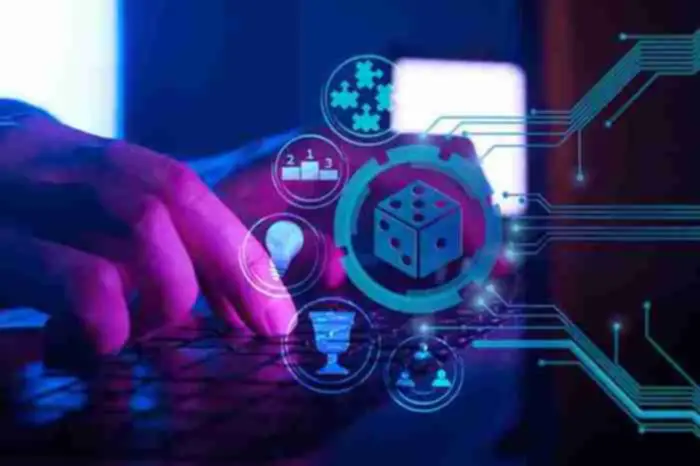This method contrasts with cloud computing’s centralized knowledge processing and fog computing’s intermediate processing factors https://www.globalcloudteam.com/. By doing so, edge computing considerably reduces latency by minimizing the distance information must travel for processing, leading to near-real-time knowledge analysis and response. It is especially advantageous for purposes requiring quick decision-making, similar to autonomous vehicles and industrial automation. Total, compared to cloud and fog computing, edge computing provides the lowest latency by processing knowledge immediately on gadgets or close by.
Cloud Computing And Fog Computing – Key Differences And Advantages
Cloud computing suffers from higher latency than fog computing as a outcome of knowledge has to travel backwards and forwards from the data heart, which can take a longer time. In distinction, fog computing can course of information in actual time, making it best for latency-sensitive purposes. The main distinction amongst edge, fog, and cloud computing lies in their data processing locations, which essentially impacts their operational fashions and purposes.

Cloud computing is a expertise that enables customers to entry and retailer knowledge over the web Warehouse Automation, instead of on local servers or personal computers. It operates underneath a mannequin where computing resources corresponding to servers, storage, databases, networking, software, analytics, and intelligence are provided over the ‘cloud‘ — a metaphor for the web — on a pay-as-you-go foundation. This enables businesses and people to entry a vast computing infrastructure that they may not be ready to afford or handle on their very own. Cloud computing presents scalability, reliability, and flexibility, permitting users to increase their computing sources quickly and effectively as their needs grow. Fog computing expands the capabilities of the cloud to the community edge, corresponding to routers, gateways, and edge devices, as opposed to exclusively relying on distant information facilities. Localized decision-making is made possible by the closeness to information sources, which also improves real-time data processing and lowers latency.

We will have a look at the benefits of scalability, affordability, and accessibility for cloud computing. These computing applied sciences differ of their design and objective however often complement each other. Let’s take a look at the key advantages of cloud, fog and edge computing to better understand the place to make use of every of these approaches. In this utility, edge data centers, like their bigger cousins, will present the underlying platform to agnostically help fog community operations be they from Cisco, EMC, VMware or Intel.
Exploring Computing Fashions: Edge Computing Vs Fog Computing Vs Cloud Computing
Fog computing in IoT is a decentralized computing mannequin that brings computation and information storage closer to the sting of the network. In different words, fog computing strikes processing energy and information storage away from centralized server farms and into native networks where IoT gadgets are situated. This kind of fog computing relies on the computing energy of servers located within the fog layer to course of and analyze data. Server-based fog computing is ideal for purposes that require extra computing power than edge units can present. The primary characteristic of fog computing is its proximity to edge gadgets what is cloud computing and fog computing.
This article offers a clear, comparative perception into these rising technologies. So, it’s not straightforward to govern priceless data compared to cloud computing with centralized knowledge processing. However, a key problem in cloud computing is dealing with network latency and high bandwidth utilization, particularly while processing information remotely. Conversely, fog computing relies more on localized, distributed networks that may not be as secure. Nevertheless, while cloud-based systems are more weak to exterior threats, in addition they tend to be better geared up to cope with sophisticated cyberattacks.
Edge & Cloud & Fog Computing: What Is The Distinction Between Them
Cloud computing service corporations may gain enormous economies of scale by offering the same services to a variety of consumers. Cloud is the centralized storage located farther from the endpoints than some other type of storage. This explains the very best latency, bandwidth cost, and community necessities.
- IFogSim features a library of modules that may simulate numerous elements of fog computing, corresponding to community topologies, device sorts, and application traits.
- In phrases of speed and effectivity, cloud computing has a clear edge over Fog computing.
- It entails the internet-based distribution of pc assets such servers, storage, databases, networking, and functions.
Edge computing is designed to operate independently of constant network connectivity, processing knowledge immediately on the device. This autonomy makes it particularly appropriate for environments where community availability is inconsistent or the place real-time decision-making is important, with out the delay attributable to knowledge transmission to distant servers. An instance of cloud computing in motion is using online services like Google Drive. Google Drive allows customers to save tons of recordsdata to the cloud, edit documents, spreadsheets, and presentations with collaborators in real-time, and access their files from anywhere on the earth with an web connection. This additionally consists of servers, storage, databases, software, networking over the web.
By 2020, there shall be 30 billion IoT devices worldwide, and in 2025, the quantity will exceed 75 billion connected issues, based on Statista. All these gadgets will produce big quantities of data that must be processed quickly and in a sustainable way. To meet the rising demand for IoT options, fog computing comes into motion on par with cloud computing. The function of this article is to compare fog vs. cloud and let you know more about fog vs cloud computing possibilities, in addition to their professionals and cons.

Using the benefits of both paradigms, this hybrid architecture enables effective information processing and storage distribution. Fog computing is a term for know-how that extends cloud computing and services to the edge of an enterprise’s community. It permits knowledge, purposes, and different sources to be moved nearer to, and even on prime of, end users.
This distributed model allows for sooner knowledge evaluation, lowered bandwidth usage, and enhanced privacy. The driving pressure behind IT development is the new necessities of evolving expertise. Fog computing is one way that can meet the calls for of an ever-increasing variety of linked gadgets. It makes use of native somewhat than remote pc sources, rising efficiency and energy whereas decreasing bandwidth difficulties. Firms ought to study cloud computing vs. fog computing to capitalize on rising prospects and notice the actual potential of the technologies. On the cloud, data is distributed to dozens of servers, whereas edge computing makes use of lots of, probably 1000’s of local nodes.

0 Yorum